
Spring bulbs are starting to pop, the grass is starting to turn green, and our native trees have started blooming supporting all the early pollinators and birds. If you live in an older part of the city or in a more rural area you have trees vibrant with their yellow to red flowers. Most of these early blooming trees will be the maple trees, the leaf that adorns Canda’s red and white flag. The earliest of which is the Silver Maple (Acer saccharinum).
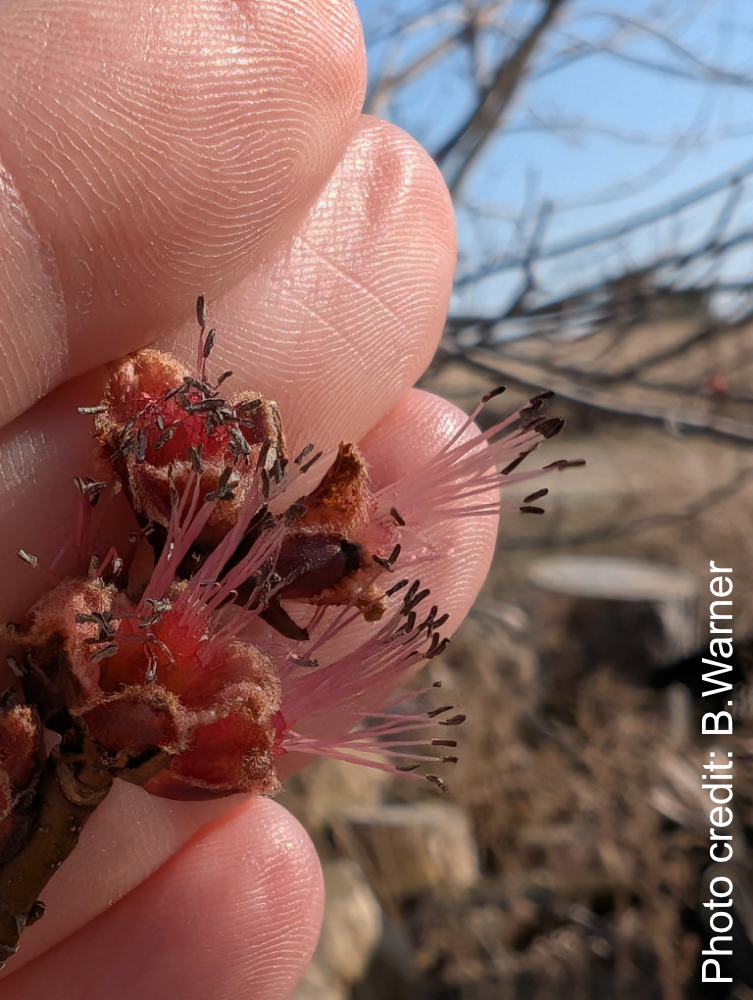
Silver Maple (Acer saccharinum) is a quick growing native tree that can grow anywhere. The Silver Maple flowers are a harbinger of spring attracting newly arrived insects and the birds that eat them. It is likely that if you hear a spring Robbin outside in a tree, it is a Silver Maple. Acer saccharinum are interesting botanically because they are Polygamodioecious meaning that they can posses male flowers, female flowers, dual reproductive flowers, or a combination of
these; and can change depending on age and location. Most plants are monoecious (they have both male and female producing parts on the same plant) and less than 10 percent are dioecious (male plants and female plants). While Polygamodioecious plants are technically monoecious as they have both reproductive types on the same plant, very few plants can change their reproductive parts throughout their lifetime.
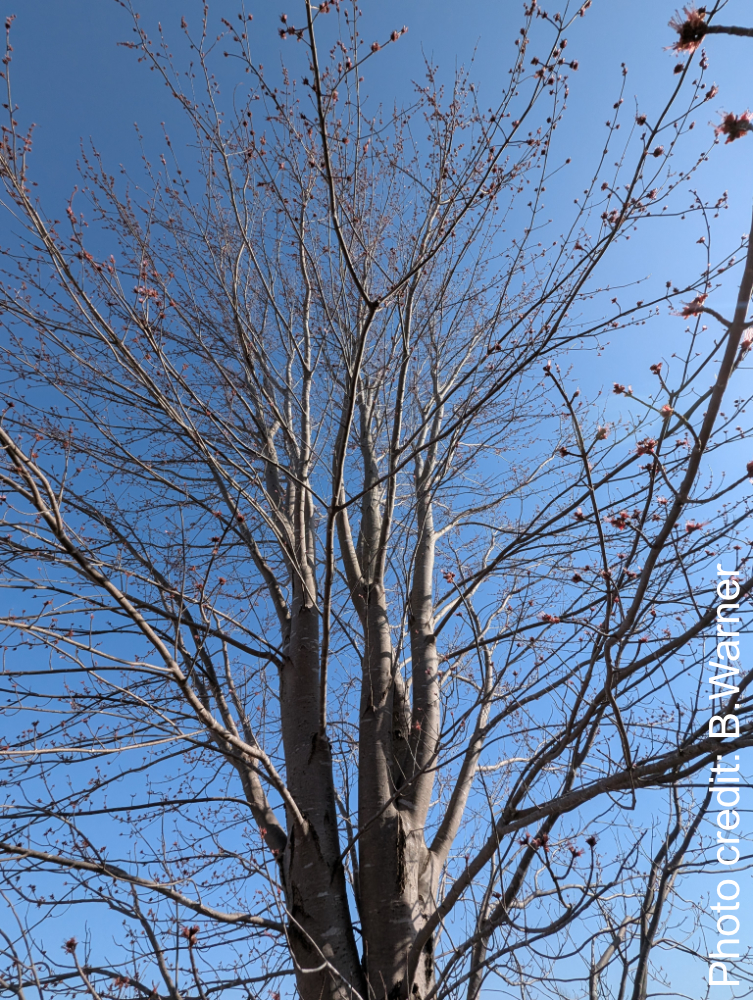
Family – Sapindaceae – Sapo (Soap) indaceae (India) – The Soapberry are trees, shrubs, or woody vines that are either Polygamodioecious or have polygamous flowers (Flowers that have both male and female reproductive parts). Only two of the 138 genera of this family are native to North America: Buckeyes/Horsechestnuts (Aesculus sp.) and Maples (Acer sp.)
Genus – Acer – Acer (Sharp, acrid, bitter) – Although the leaves of Acer sp. are sharp it gets it’s name from the use of the wood in spears in ancient times. Most members of this genus have opposite palmate leaves. Palmate means just what it sounds like – the palm of your hand with your fingers spread out. Opposite leaved trees (trees with leaves opposite of each other on a stem or branch) are less common than alternate leaved trees (leaves that occur singularly along
a stem or branch). Due to the Emerald Ash Borer there are even less opposite leaved trees in the Ontario Forest. Ash Trees (Fraxinus sp.) are also opposite leaved trees, as are other members of the acronym MADCAP HORSE (Maple, Ash, Dogwood, Caprifoliaceae, and Horsechestnut).
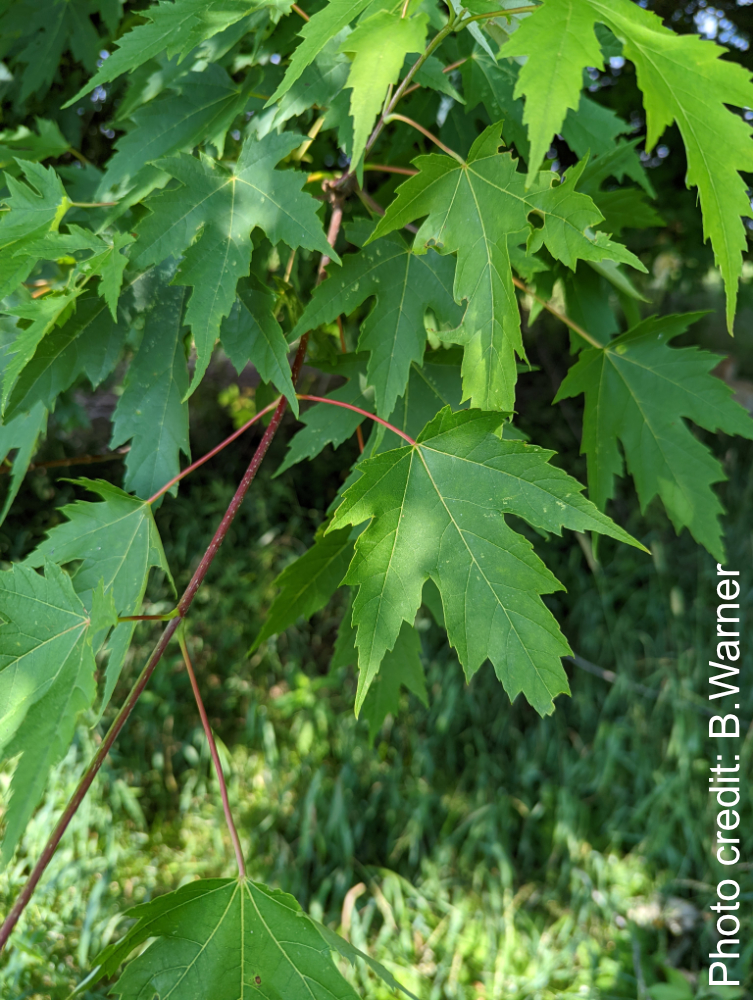
Species – saccharinum – sacchar (sugar) – Despite its Latin name the Silver Maple has one of the lowers sugar contents of any of our native maples; the name is a suggestion that the leaves look like another native, the Sugar Maple (A. saccharum). Silver maple is much more biologically like the Red Maple (Acer rubrum) and the two interbreed so frequently in nature they have created a third species Freemans Maple (A. x freemanii). You can always identify a Silver Maple by turning over the leaf and seeing the distinct silver colour of the bottom. Another common maple in Ontario is the Norway Maple (Acer plantanoides) which is invasive, although planted by municipalities in the past and sold as an ornamental tree. It grows quickly, taller, and gets its leaves earlier than our native maples, so when it escapes our yards via seed it quickly takes over native ravines and forests. While walking this spring, look up at the trees and see what life is unexpectedly blooming.
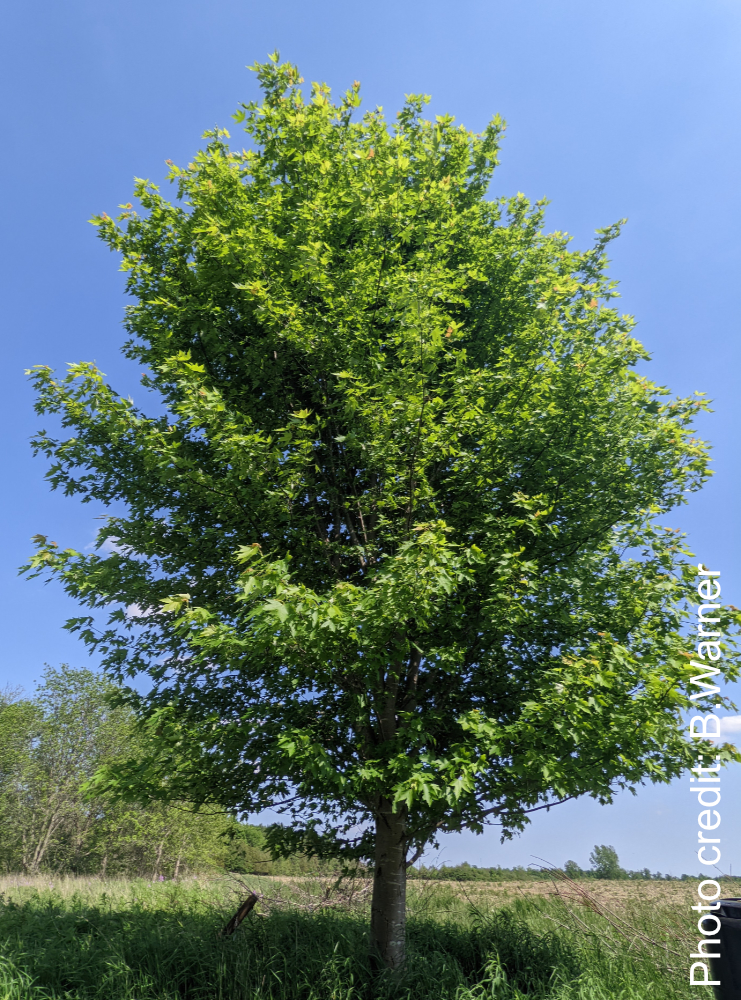


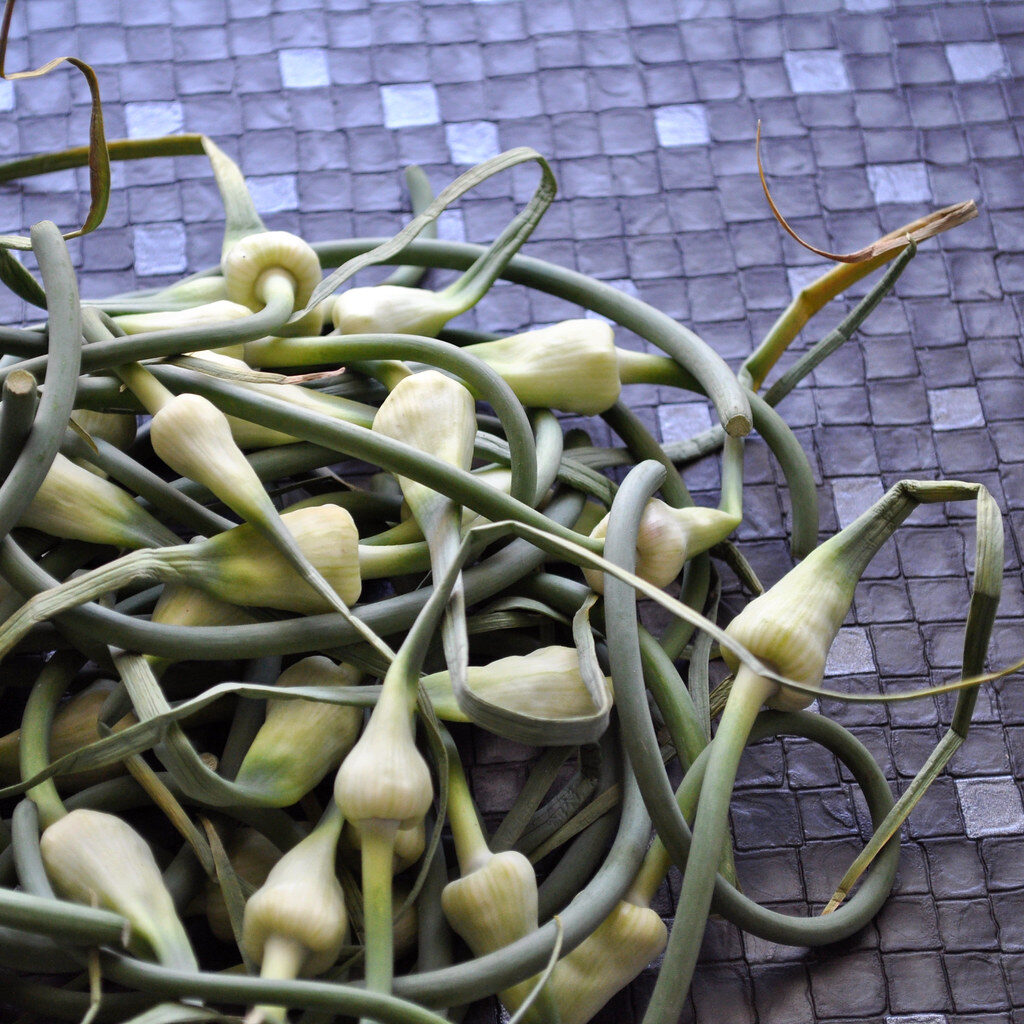
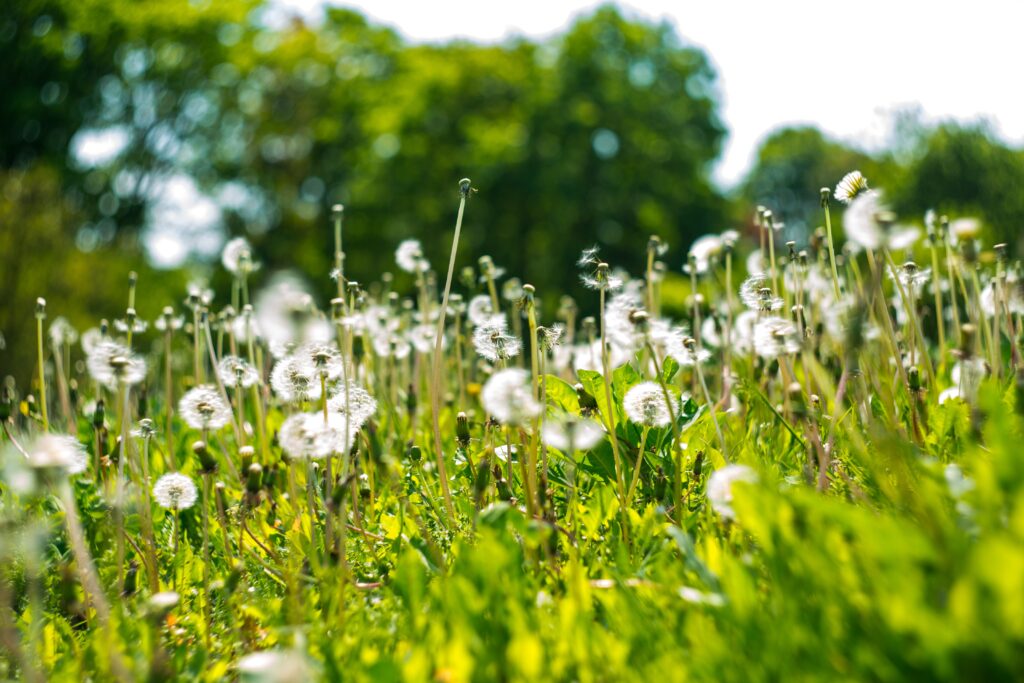
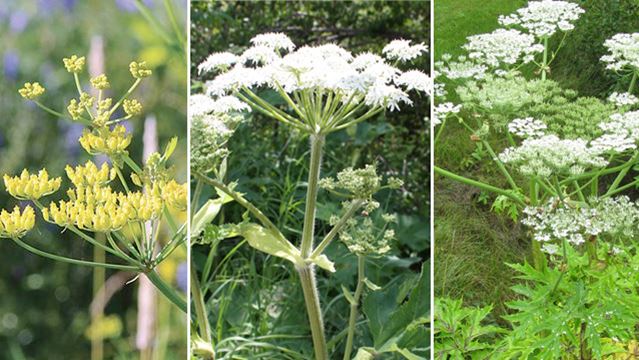
About The Author: Beth Warner
More posts by Beth Warner